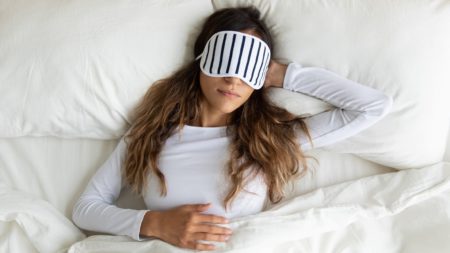
Nothing gives you peace of mind and leaves you as relaxed as sound sleep. Yet, sometimes you are not able to sleep as you would like. Temperature is one factor that affects sound sleep. Here are three ways in which you can find the optimal sleeping temperature.
1. Learn Your Optimal Sleep Temperature
Generally, a cooler temperature can improve your sleep. A cooler temperature can induce sleep and thus make you fall asleep faster. National Sleep Foundation recommends a temperature between 60 and 67 degrees. If you’re unsure what temperature works for you, make a plan to journal your sleep and the room temperature each night. By changing the temperature by a few degrees and writing down your temperature and the quality of your night, you can get to a range that works for you. If you sleep in a bed with a partner, you may need to find the optimal temperature for both of you and choose a number in the middle.
2. Get Your Room to Temperature
You may not be able to achieve optimal sleep temperature at the touch of a button. Your HVAC system will take a bit of time before it can evenly distribute cool air into your room. A smart thermostat can be programmed to begin cooling the room a few hours before bedtime so that the room is the perfect temperature when you’re ready to sleep.
If you have a zoned system, you can keep your living area at a different temperature than your sleeping area. This is great if you have family members who stay up while you get ready for bed.
3. Open Your Windows
Another way you can achieve cool temperature without the use of AC is by opening the windows at night. This will allow your room to cool down naturally. Keep in mind that if you live in an area with poor outdoor air quality, you may wish to pair an open window with an air purification system.
Contact Sabrs for heating, cooling and indoor air quality services in Lewes, including repair, installation and maintenance services.

